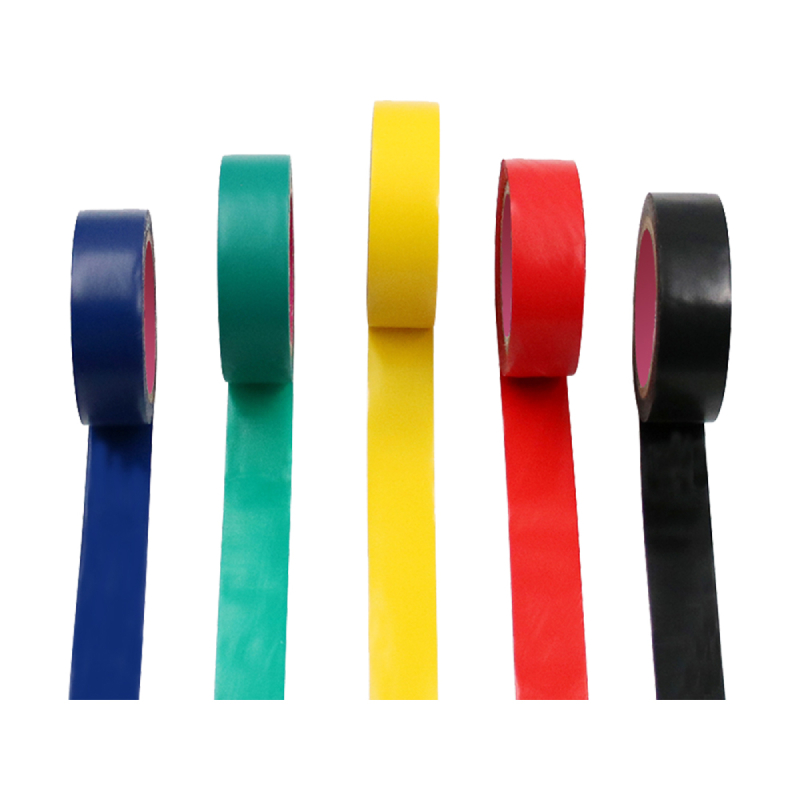How to Use Amalgamating Tape A Comprehensive Guide
Amalgamating tape, also known as self-fusing tape or rubber tape, is a versatile tool widely used in electrical and plumbing applications. Its unique properties—being self-fusing and waterproof—make it an ideal choice for insulating wires, protecting surfaces, and sealing leaks. This article will guide you through the effective use of amalgamating tape, ensuring you achieve optimal results whether you’re a DIY enthusiast or a professional.
1. Understanding Amalgamating Tape
Amalgamating tape is made from a rubber compound that doesn’t have any adhesive properties. Instead, it fuses to itself when applied and stretched. This property allows the tape to create a hermetic seal, making it perfect for insulating electrical connections, repairing hoses, and even as a temporary fix for water leaks.
2. Preparation
Before you start using amalgamating tape, ensure the surface you’re working with is clean and dry. Remove any dirt, grease, or old adhesive residue. If you’re using it to insulate electrical wires, make sure the power is turned off to prevent any accidents. For best results, you might also want to cut the tape into manageable lengths based on your specific needs.
When applying amalgamating tape, it’s important to stretch it as you wrap. Begin by placing the tape’s end on the surface and overlapping it by about half its width with each turn. This overlap ensures complete coverage and prevents moisture from seeping through.
how to use amalgamating tape

1. Start at one end of the area you want to cover. For electrical wires, make sure to wrap just above the exposed area, covering it at least 1-2 inches on either side for effective insulation.
2. Apply tension as you wrap the tape around. Stretching the tape while applying it enhances its sealing capability. It is essential to ensure that the layers of tape are well fused; this is what gives it its waterproof and insulating properties.
3. Finish the wrap by tearing off the desired length. Press the end down firmly to ensure it bonds to the previous layer. In some cases, you might want to smooth down the edges to prevent any fraying, which can lead to water ingress or electrical exposure.
4. Benefits of Using Amalgamating Tape
One of the significant advantages of amalgamating tape is its resistance to extreme temperatures and pressure, making it perfect for both indoor and outdoor use. It is also UV resistant, ensuring longevity even in harsh environmental conditions. Additionally, it does not leave a sticky residue when removed, unlike traditional adhesive tapes.
5. Conclusion
Amalgamating tape is an invaluable asset in various applications, thanks to its unique properties and ease of use. Once you understand how to properly utilize it, you can tackle many repairs effectively and efficiently. Whether it’s insulating electrical wires or sealing leaks, amalgamating tape is a reliable choice that can save you time and money while ensuring safety.
-
XIANGFAN Rubber Tape-Ultimate Solutions for All Your Insulation NeedsNewsJun.24,2025
-
XIANGFAN Rubber Tape-Protection for Industrial and Residential ApplicationsNewsJun.24,2025
-
XIANGFAN Rubber Tape: Superior Safety and Sealing for Demanding EnvironmentsNewsJun.24,2025
-
XIANGFAN Rubber Tape: Reliable Solutions for Every Electrical ChallengeNewsJun.24,2025
-
XIANGFAN Electrical & Industrial Tape: Powering Reliability Across IndustriesNewsJun.24,2025
-
XIANGFAN Electrical & Industrial Tape: Excellence in Every ApplicationNewsJun.24,2025
